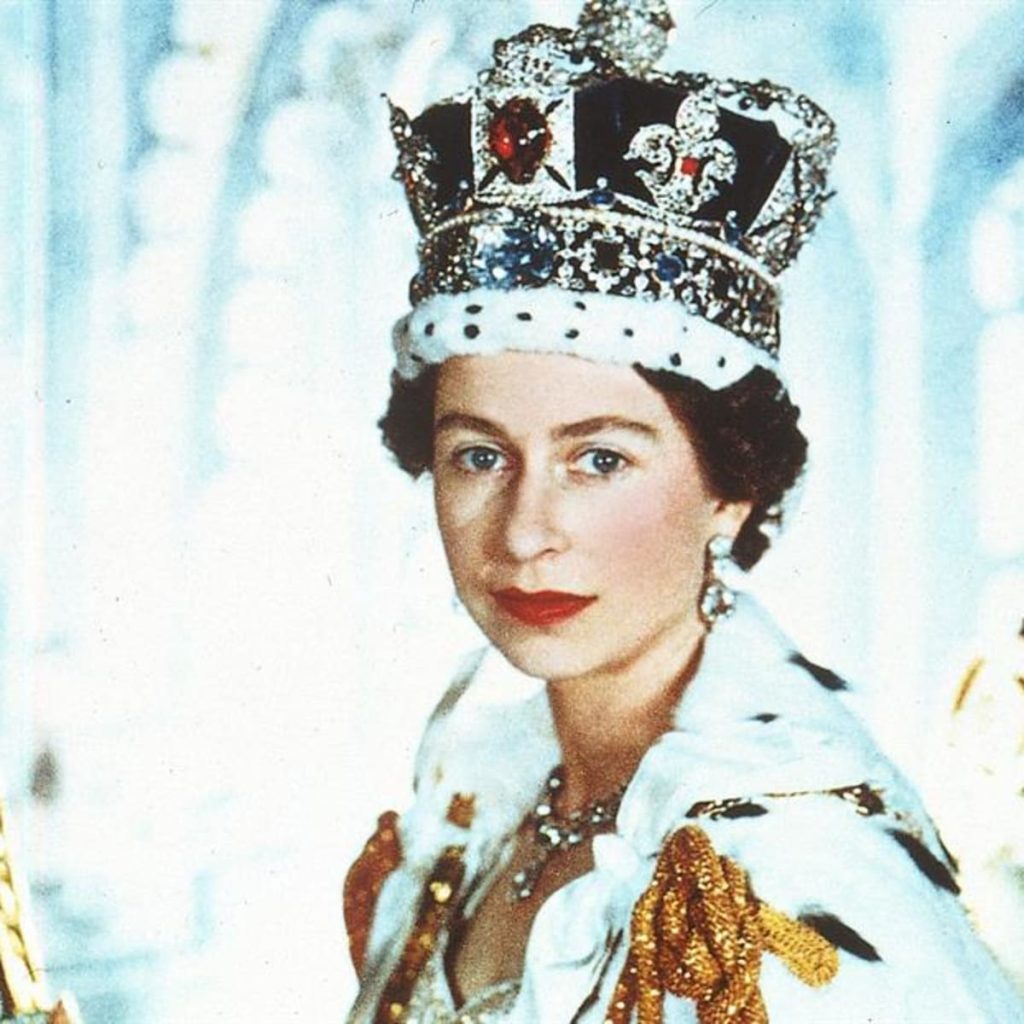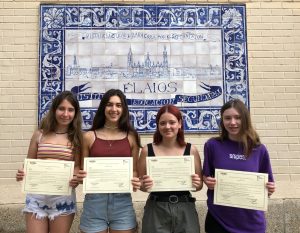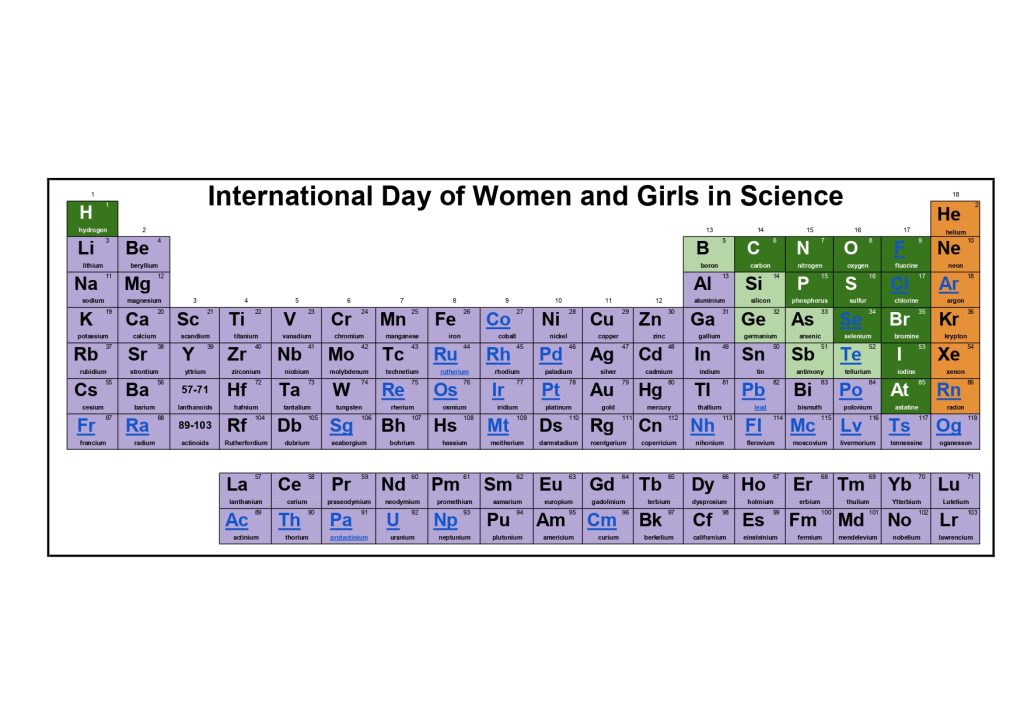El pasado mes de septiembre se celebró el «Día Europeo de las Lenguas», como ya viene siendo tradicional en el Élaios, pero esta vez, con la inestimable ayuda del PIEE (con Paz y Chuan), el Programa del BRIT Inglés organizó, durante un recreo, un taller de «banderas saladas» donde varias alumnas voluntarias de 1º y 2º de ESO pudieron crear sus propias banderas con sal teñida de tizas de colores. Aquí debajo podéis ver un vídeo corto de la actividad.
Last September the European Day of Languages was celebrated at Élaios High School, following the tradition. However, this time, with the priceless help of PIEE (with Paz and Chuan), the English BRIT programme organised a workshop on «Salty Flags» at breaktime; Several 1st and 2nd students took part willingly in the workshop. As a result, these students could create their own flags with salt dyed with colour chalk. Here below you can see a short video of the activity.
CLICK ON THE PICTURE FOR THE VIDEO




 Las alumnas de 4º ESO que participaron en el programa de intercambio escolar con Francia, durante el curso 2021-22, recibieron sus diplomas acreditativos de manos del director del IES Élaios. Enhorabuena a Andrea Arroyo, Alba Calzada, Ariadna Herrero y Sandra Santacruz.
Las alumnas de 4º ESO que participaron en el programa de intercambio escolar con Francia, durante el curso 2021-22, recibieron sus diplomas acreditativos de manos del director del IES Élaios. Enhorabuena a Andrea Arroyo, Alba Calzada, Ariadna Herrero y Sandra Santacruz.




